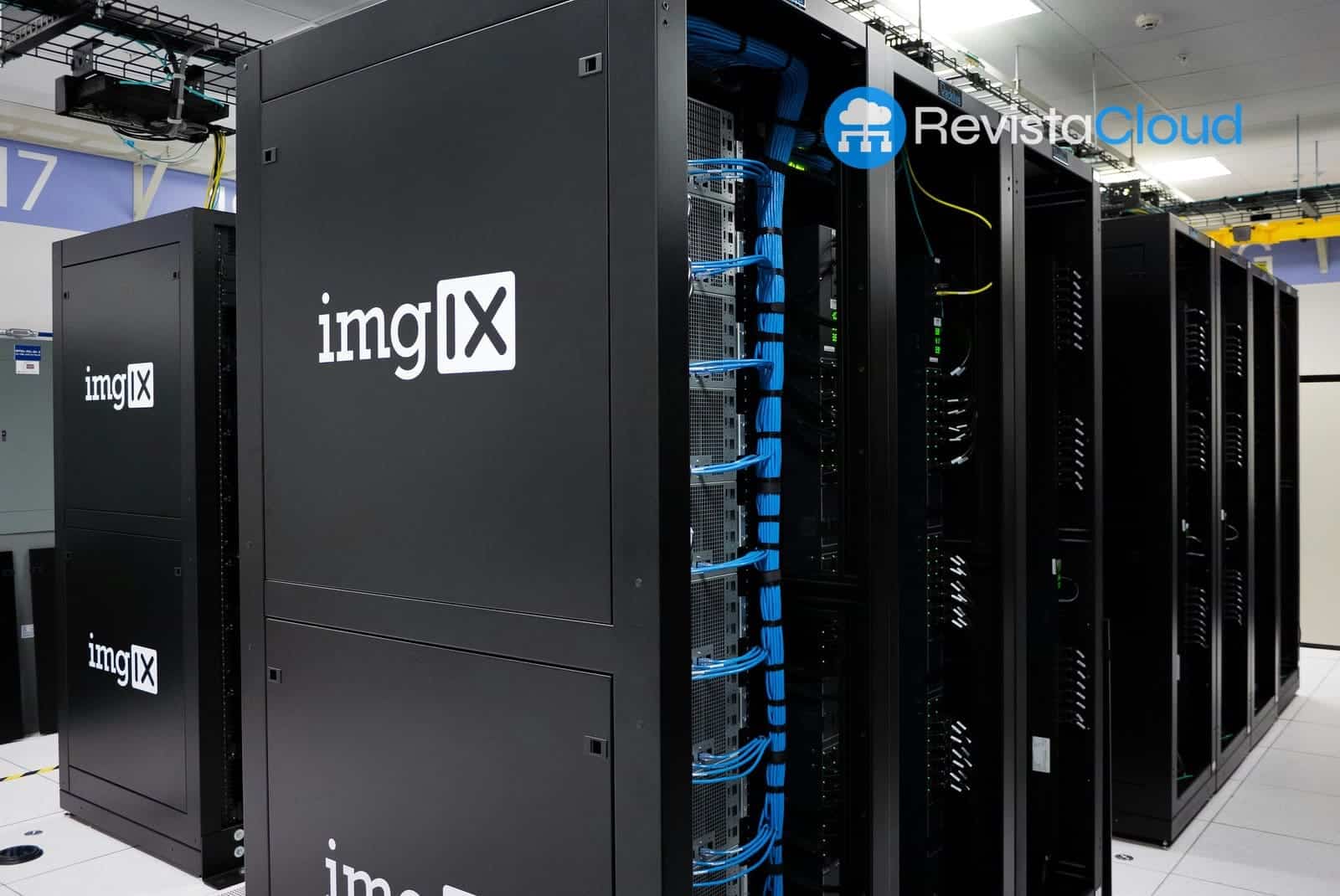Efficient cable management is essential for the optimal functioning and longevity of data centers, and can prevent anything from operational issues to costly disruptions.
Computer cabling management is a crucial task that is often overlooked. From connections on an office desktop to the complex server systems in a data center, disorganized cabling can lead to a “spaghetti mess,” causing a range of serious issues. Therefore, it is vital to maintain tidy and well-managed cabling.
Types of Cabling in Data Centers
Data centers primarily employ four types of network cabling: AC/DC power, grounding, copper, and fiber optic. The selection of the appropriate cabling type depends on the interface available on the equipment and the specific bandwidth requirements of the data center devices.
Cabling can be classified into two main categories: structured and unstructured. Structured cabling follows predefined standards with established connection points and pathways, based on system bandwidth requirements. Although installation may be more expensive and time-consuming, in the long run, it results in lower operating costs and greater system durability.
On the other hand, unstructured cabling, also known as point-to-point cabling, does not follow norms or pre-established designs. This method can lead to cooling problems and higher energy costs due to air flow restrictions. While initial installation may be quicker and cheaper, operating costs and system lifespan are often negatively affected.
Importance of Proper Cable Management
Cabling infrastructure is the foundation of every data center, enabling transactions that facilitate crucial business decisions. A lack of proper management can result in serious operational issues, from increased costs to costly disruptions. Therefore, meticulous planning of cabling infrastructure and installation is essential.
Comprehensive planning saves time and resources in the long run, avoiding problems that could arise from improper management. Simultaneously designing cabling infrastructure and the data center, considering system requirements and physical layout, may be the optimal solution.
Best Practices for Cable Management
Proper cable management not only enhances the aesthetics of the data center but also saves time, money, and resources. Below are some recommended practices:
– Testing and Certification: Ensure the infrastructure functions correctly and can support bandwidth needs.
– Documentation: Record cable types and locations for future maintenance ease.
– Measurement: Ensure cables are the proper length to prevent accidental disconnections.
– Growth Plan: Design the system to be future-proof, allowing seamless expansion.
Cabling Organization
– Side Cable Placement: Facilitates adding or removing servers.
– Cable Bundling: Neatly connect cables to the floor or ceiling, depending on the data center design.
– Advanced Planning: Prevents airflow issues and damage from temperature increase.
– Secure Labeling: Enables easy cable location for checking or repair.
– Color Coding: Facilitates quick identification of cables and their destinations.
In Conclusion
Proper cable management in data centers is crucial to ensure efficient operation and avoid operational issues. Infrastructure providers like Stackscale and data centers like OasixCloud have competent engineers who can help implement structured cabling management solutions that meet standards, ensuring system longevity and efficiency.
Efficient and organized cable management is not just a recommended practice but a necessity for the proper functioning and longevity of any data center.

